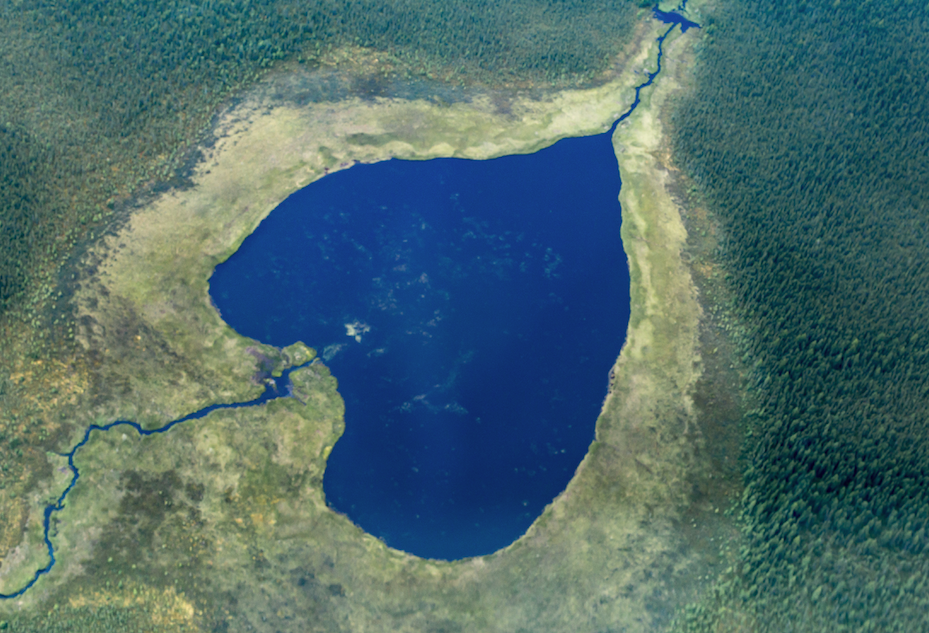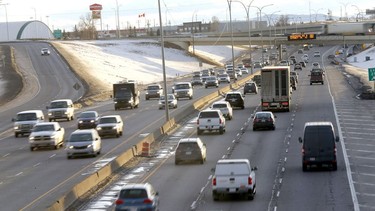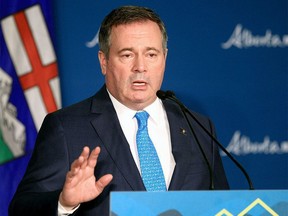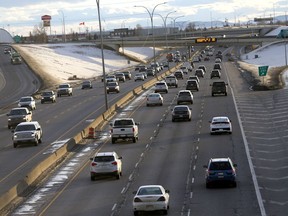Arizona orders mandatory evacuations as dry brush and pine trees ignite in early start to US southwest wildfire season.

Published On 20 Apr 2022
A wildfire in the US state of Arizona has nearly tripled in size after high winds kicked up a towering wall of flames outside a tourist and college town that ripped through two dozen structures and drove thousands of people from their homes.
Flames as high as 30 metres (100 feet) raced through an area of scattered homes, dry grass and Ponderosa pine trees on the outskirts of Flagstaff as wind gusts of up to 80kph (50mph) pushed the blaze over a major highway.
Firefighters faced strong winds and bone-dry conditions as they battled the blaze, which officials said late on Tuesday threatened to destroy hundreds of homes as it moved northeast towards Sunset Crater Volcano National Monument.
“I cannot stress enough how rapidly this fire is moving,” said True Brown, a fire management officer with the Coconino National Forest, during a news conference. “I cannot stress how important it is to leave the fire area.”

The fire has forced more than 2,000 residents to flee 760 homes in Coconino County, said Patrice Horstman, chairwoman of the county’s Board of Supervisors.
The blaze, dubbed the “Tunnel Fire”, covered an area of some 6,474 hectares (16,000 acres) about 23km (14 miles) north of the Arizona city of Flagstaff, fire officials said.
“It’s good, in that it’s not headed toward a very populated area, and it’s headed toward less fuel,” said Coconino National Forest spokesman Brady Smith. “But depending on the intensity of the fire, fire can still move across cinders.”
Approximately 200 firefighters who were fighting the blaze will face a day of wind gusts of 48kph (30mph) and very dry air conditions on Wednesday and Thursday, the National Weather Service said.
“The combination of gusty winds and low humidity can cause fire to rapidly grow in size and intensity before first responders can contain them,” the service said in a fire watch advisory issued for Thursday.
The wildfire started on the afternoon of February 17. Investigators do not know yet what caused it and have yet to corral any part of the blaze.
Firefighters and law enforcement officers went door to door telling people to evacuate but had to pull out to avoid getting boxed in, said Coconino County Sheriff Jim Driscoll. He said his office got a call about a man who was trapped inside his house, but firefighters could not get to him.
“We don’t know if he made it out or not,” Driscoll said.
Various organisations worked to set up shelters for evacuees and animals, including goats and horses.
The scene was all too familiar for residents who recalled rushing to pack their bags and flee a dozen years ago when a much larger wildfire burned in the same area. “This time was different, right there in your back yard,” said Kathy Vollmer, a resident.

She and her husband grabbed their three dogs but left a couple of cats behind as they faced what she described as a “wall of fire”.
Earlier in the day, the wildfire shut down US Route 89, the main road between Flagstaff, northern Arizona, and communities in the Navajo Nation. High winds grounded aircraft that could drop water and fire retardant on the blaze.
Like other southwestern states hit by climate change, Arizona is suffering an early start to its fire season. Dry grass and brush, along with scattered pine, are fuelling the fire, officials said.
Last week, an elderly couple died in their home when a wildfire swept through Ruidoso, New Mexico, destroying hundreds of houses and forcing thousands to flee the mountain town.
Red flag warnings blanketed much of New Mexico on Wednesday, indicating conditions were ripe for wildfires.
AL JAZEERA
A recent study showed temperatures are not decreasing as much as they normally do during fire season.
Published: April 20, 2022
PHOENIX — Climate change is affecting wildfires and experts say those effects are already being seen.
RELATED: UArizona study finds climate change is putting cacti at an 'elevated extinction risk'
The Tunnel Fire northeast of Flagstaff exploded in size Tuesday, driven by a Red Flag day with extremely high winds.
Typically, fire officials say, those winds tend to die down overnight as temperatures drop and humidity levels increase. But Tuesday night, that didn't happen.
Fire officials said the winds kept up all night, similar to other fires in recent years.
"They were not getting any recovery at night," University of Arizona climatologist Mike Crimmins said. "So the fires were burning intensely through the dead of night."
A study published in February of this year showed temperatures are not decreasing as much as they normally do during fire season. Because of that, the intensity of the fire continues to build.
Other research shows fire becoming more common across the West in the last 40 years as climate change has taken hold.
"They're wind-driven fires, they're in a specific fuel type," Tiffany Davila with the Arizona Department of Forestry and Fire Management said.
And fire forecasters are having to deal with those changes in predicting fire behavior.
"They have this sense of what does this ecosystem observe normally," Crimmins said. "What's the normal fire regime for right now in a stable climate?"
/https://www.thestar.com/content/dam/thestar/news/gta/2022/04/18/new-fossil-on-display-at-rom-predates-dinosaurs-and-was-discovered-in-ontario/embed_bug.jpg)
/https://www.thestar.com/content/dam/thestar/news/gta/2022/04/18/new-fossil-on-display-at-rom-predates-dinosaurs-and-was-discovered-in-ontario/embed_guys.jpg)
/https://www.thestar.com/content/dam/thestar/news/gta/2022/04/18/new-fossil-on-display-at-rom-predates-dinosaurs-and-was-discovered-in-ontario/embed_rom.jpg)


















